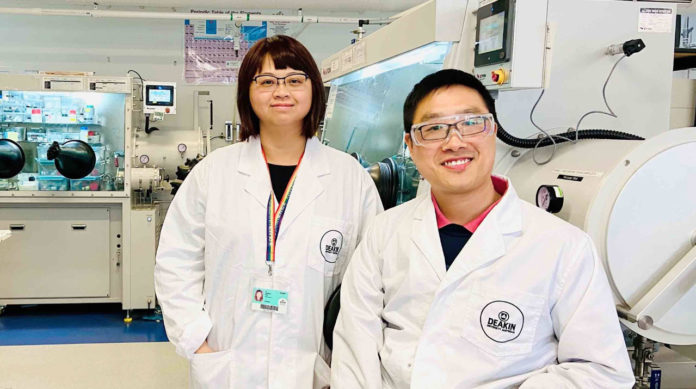LITHIUM batteries are everywhere. They can be found in children’s toys, electronics, computers, iPhones and iPads, e-cigarettes, hoverboards, scientific instruments, etc. Unfortunately, the incidents involving lithium battery fires are also everywhere.
Now, the batteries would no longer pose a fire risk. Deakin materials researchers have demonstrated that liquid solvent-free solid-state batteries can easily be made, paving the way for a future free from batteries bursting into fires or exploding if they get excessively hot.
Dr. Xiaoen Wang, a research fellow at Deakin’s Institute for Frontier Materials, said, “This investigation has the potential to underpin some very significant work to improve batteries at two key points.”
“Our findings suggest that next-generation batteries will be much safer and have exceptionally better performance. From what we’ve discovered, this electrolyte will allow us to use a lithium metal anode, which could see future batteries last twice as long as they currently do with one charge. Alternatively, batteries could end up half of their size and weight without compromising performance time.”
Dr. Fangfang Chen from Deakin’s Institute for Frontier Materials, said, “the findings could change the way batteries are handled in everyday life too.”
“If industry implements our findings, I see a future where battery reliant devices can be safely packed in airplane baggage, for example, or where electric cars don’t pose a fire risk for occupants or emergency services like they currently do.”
“We’ve reinvented the way polymer interacts with a lithium salt, removing the normally highly flammable properties of traditional lithium batteries.”
Scientists just used existing commercial polymer materials to create a new process, meaning the formulation could be applied commercially with little difficulty.
Dr. Wang said, “All of the products that we’ve used to make this safer battery process already exist in the market. Polymers have been used as battery conductors for over 50 years, but we’re the first to use existing commercial polymer in an improved way.”
“We’ve done this by weakly bonding the lithium-ion with polymer, creating solid polymer electrolytes. We believe this is the first clear and useful example of liquid-free and efficient transportation of lithium-ion in the scientific community.”
The study is recently published in the journal Joule.
